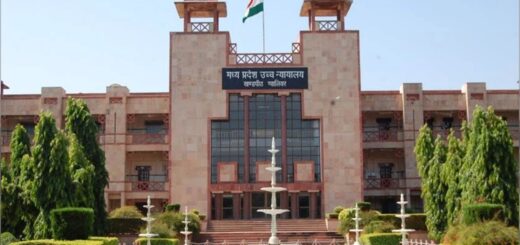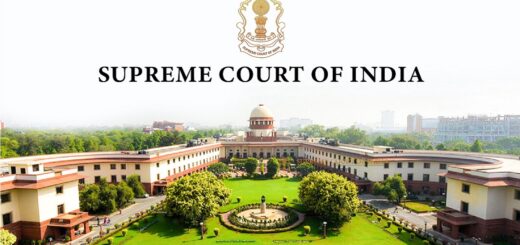The Supreme Court asks the Election Commission to respond to a public interest lawsuit that questions the rise in the voter limit, stating that no voter should be left out.

The Supreme Court today requested the Election Commission to respond to a public interest litigation (PIL) that contests its decision to raise the maximum number of voters at each polling station from 1,200 to 1,500, emphasizing that no voter should be left out. A bench led by Chief Justice Sanjiv Khanna and Justice Sanjay Kumar expressed concern, stating, “We are worried. No voter should be excluded.” The court instructed Senior Advocate Maninder Singh, representing the Election Commission, to submit a brief affidavit explaining the reasons for this increase. “Senior Advocate Maninder Singh, on instructions, stated they will clarify the situation through a short affidavit. This should be submitted within three weeks,” the bench noted.
Singh mentioned that the bench was aware of ongoing allegations regarding electronic voting machines (EVMs), adding, “These claims will continue. Polling has been conducted this way since 2019, and political parties are consulted in every constituency.” He explained that polling stations can have several booths and that political parties were involved when the number of voters per EVM was increased. Singh also stated that voters are allowed to cast their votes even after the official time limit. The bench scheduled the next hearing for January 27, 2025, and requested the Election Commission to share a copy of its affidavit with the petitioner before that date. The PIL, filed by Indu Prakash Singh, challenges two communications from the Election Commission issued in August that raised the number of voters per polling station across India.
The request stated that the choice to raise the number of voters per polling booth was random and not supported by any evidence. On October 24, the Supreme Court declined to issue a notice to the election commission but permitted the petitioner to provide a copy to the commission’s standing counsel to clarify their position on the matter. Senior Advocate Abhishek Singhvi, representing the petitioner, argued that increasing the voter limit from 1,200 to 1,500 would marginalize disadvantaged groups in the voting process, as it would take longer for individuals to cast their votes. He pointed out that longer lines and wait times at polling places would discourage people from voting.
The court, however, noted that the election commission aimed for greater participation and that using electronic voting machines (EVMs) would speed up the process compared to traditional ballot papers. The commission intended to reduce the time needed to vote by increasing the number of EVMs at each booth. The petitioner claimed that this decision would affect voters in the assembly elections in Maharashtra and Jharkhand (which have already taken place) and in Bihar and Delhi, scheduled for 2025. The petitioner explained that elections typically last for 11 hours, and it takes about 60 to 90 seconds to cast a single vote, meaning that between 490 and 660 people could vote in a day at one polling station with one EVM.
With an average voter turnout of 65.70 percent, the petitioner argued that a polling station set up for 1,000 voters would see around 650 people show up. They noted that some booths had turnout rates of 85-90 percent. “In such cases, about 20 percent of voters may end up waiting in line past voting hours or, due to long waits, may choose not to vote at all. This is unacceptable in a progressive republic or democracy,” the PIL contended.









